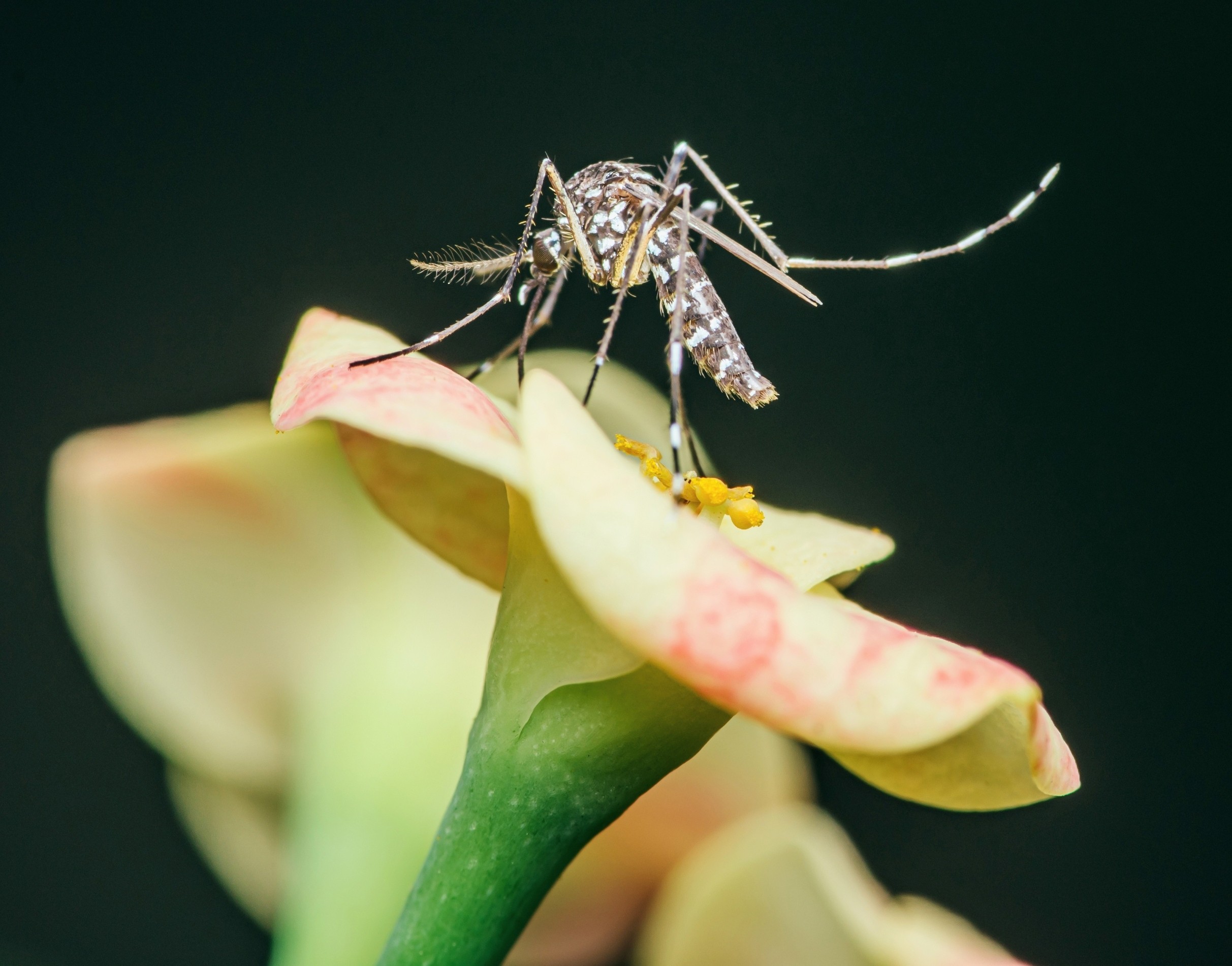Pros
- Sleek design with slim bezel
- Just 5.1mm thick
- Top-notch OLED screen with 120 Hz refresh rate
- Speedy…


President Donald Trump’s pardon of Changpeng Zhao is a remarkable turn of fortune for the entrepreneur who just over a year ago was serving prison time for allowing money launderers access to his cryptocurrency trading platform.
It’s also the latest example of what’s possible in Trump’s Washington for those who can afford the right lobbyists.
For Zhao and his company Binance, the pardon represents a fresh start in Washington, emblematic of Trump’s friendly attitude toward the crypto industry and soft approach to regulation. For the lobbyists who helped make the pardon happen, it’s a show of force that embodies the shifting power on K Street toward firms with direct ties to the Oval Office.
“I don’t believe I ever met him,” Trump said of Zhao on Thursday. “But I’ve been told, a lot of support, he had a lot of support and they said that what he did is not even a crime, it wasn’t a crime, that he was persecuted by the Biden administration and so I gave him a pardon at the request of a lot of good people.”
One of those “good people” was likely Ches McDowell, a hunting buddy of Donald Trump Jr. whose North Carolina based lobbying firm, Checkmate Government Relations, has become one of the highest earning shops in Washington during the second Trump administration. Photographers captured McDowell and Trump Jr. speaking to the president at the White House last week during an event honoring slain conservative activist Charlie Kirk.
Checkmate hauled in $7.1 million in revenue during the last three months alone, a remarkable profit for a firm that didn’t have a Washington office until earlier this year. Binance hired McDowell in late September to lobby the White House and the Treasury Department on financial policy issues and “executive relief,” according to a disclosure report. For one month’s work, Binance paid Checkmate $450,000.
But Zhao’s pardon effort has been ongoing for much longer than one month. In February, three weeks after Trump’s inauguration, Binance and Zhao in his individual capacity each hired Teresa Goody Guillén, a leading crypto lawyer who Trump had reportedly considered to lead the SEC in his second administration. Her firm reported earning $290,000 from Binance and Zhao so far this year.
“With my client, Mr. Zhao, we express our profound gratitude to President Donald J. Trump, whose courage and moral clarity made this day possible,” she wrote on X following news of the pardon.
McDowell and Goody Guillén did not respond to requests for comment.
The pardon is the culmination of nearly a year of effort by Zhao and Binance to cultivate closer ties to the president. In addition to the lobbying efforts, Binance has established business ties with the Trump family’s highly profitable World Liberty Financialcrypto venture.
This request seems a bit unusual, so we need to confirm that you’re human. Please press and hold the button until it turns completely green. Thank you for your cooperation!

Jeremy Allen White’s Bruce Springsteen spends the bulk of his time in Springsteen: Deliver Me From Nowhere brooding over the songs that would become Nebraska in a Colts Neck, New Jersey, rental house. But when he — and the audience — need…

For those unaware, Microsoft Office Online Server was a self-hosted version of Microsoft’s web-based Office apps: Word, Excel, PowerPoint, and OneNote. It was designed for companies that didn’t want to rely on Microsoft’s cloud offerings…

Hawk Mountain gave Aidan O’Brien a record-extending 12th victory in the Futurity Trophy Stakes at Doncaster in what was the final Group One race of the British Flat season.
The first three finishers in the five-strong field were O’Brien horses,…

Actor Satish Shah.
| Photo Credit: PTI
Several celebrities, including Kajol, R Madhavan and Karan Johar, remembered late actor Satish Shah,…

Each year, mosquito-borne diseases claim hundreds of thousands of lives. While scientists have long relied on chemical pesticides to fight back, these methods are losing power as mosquitoes evolve resistance.
Now, researchers have turned to an…

If you’re among the 3.5 billion people using Google Chrome on Windows, Mac, Linux, or Android, it’s time to pay attention. Google has released its second emergency security update in just one week, addressing a critical…